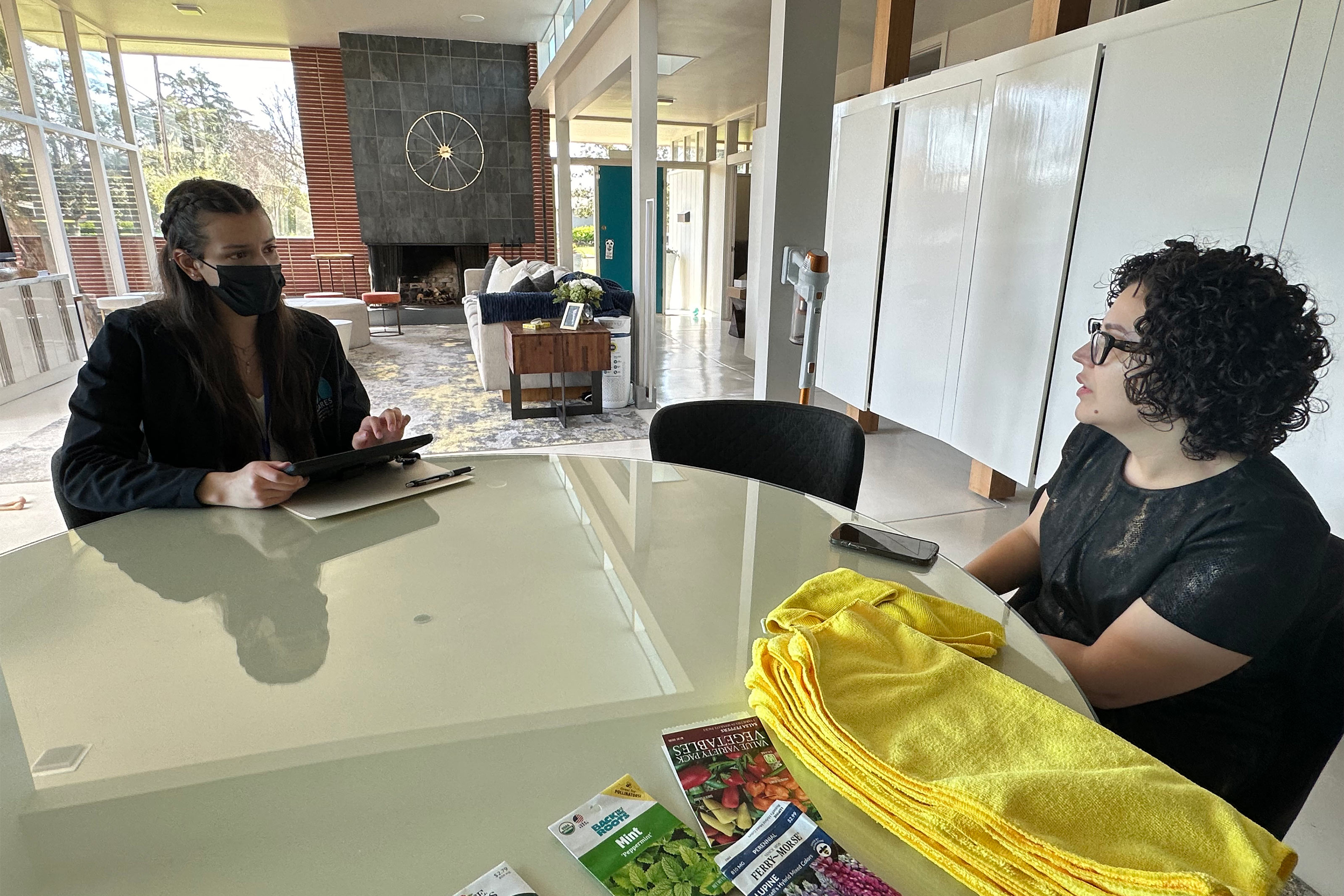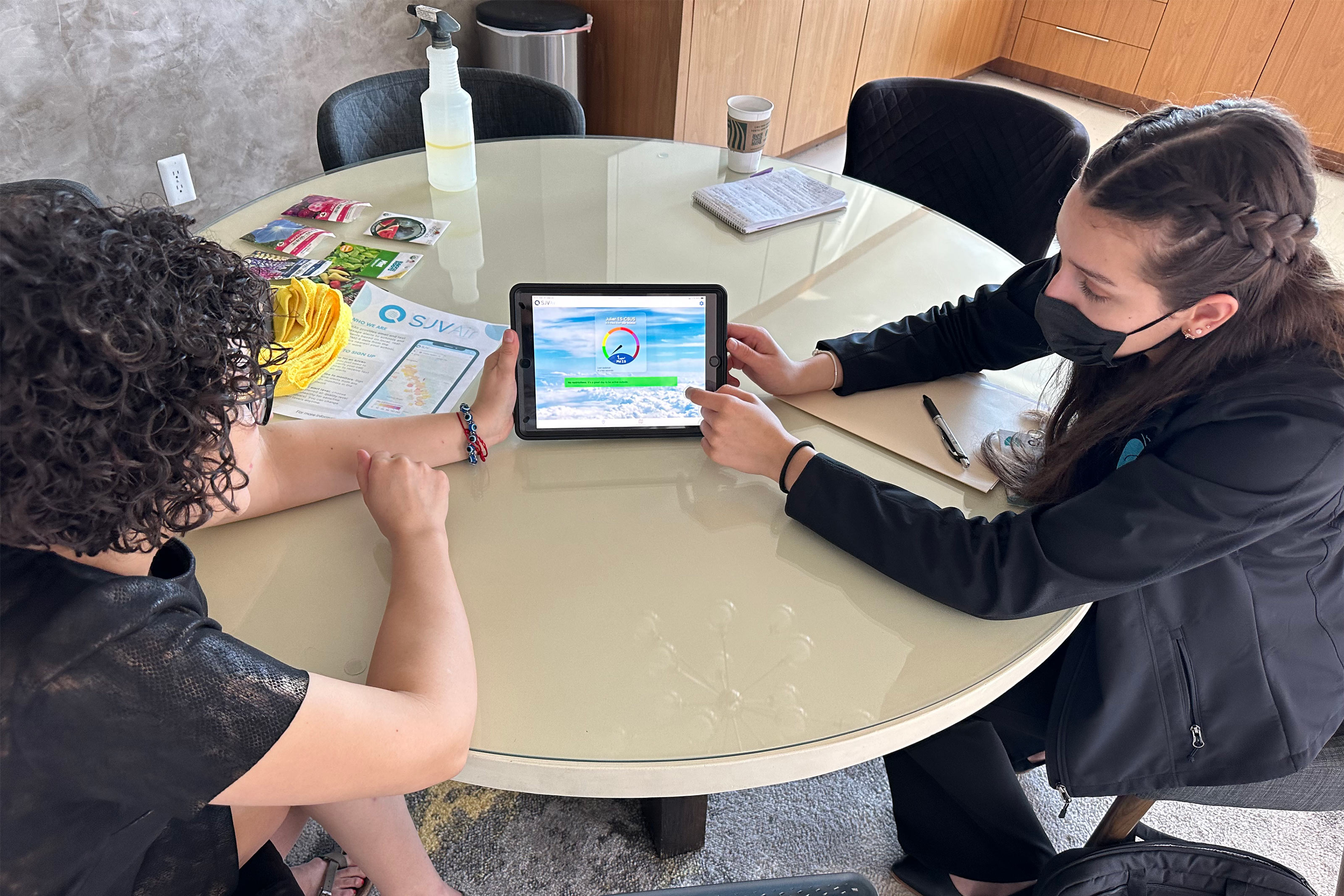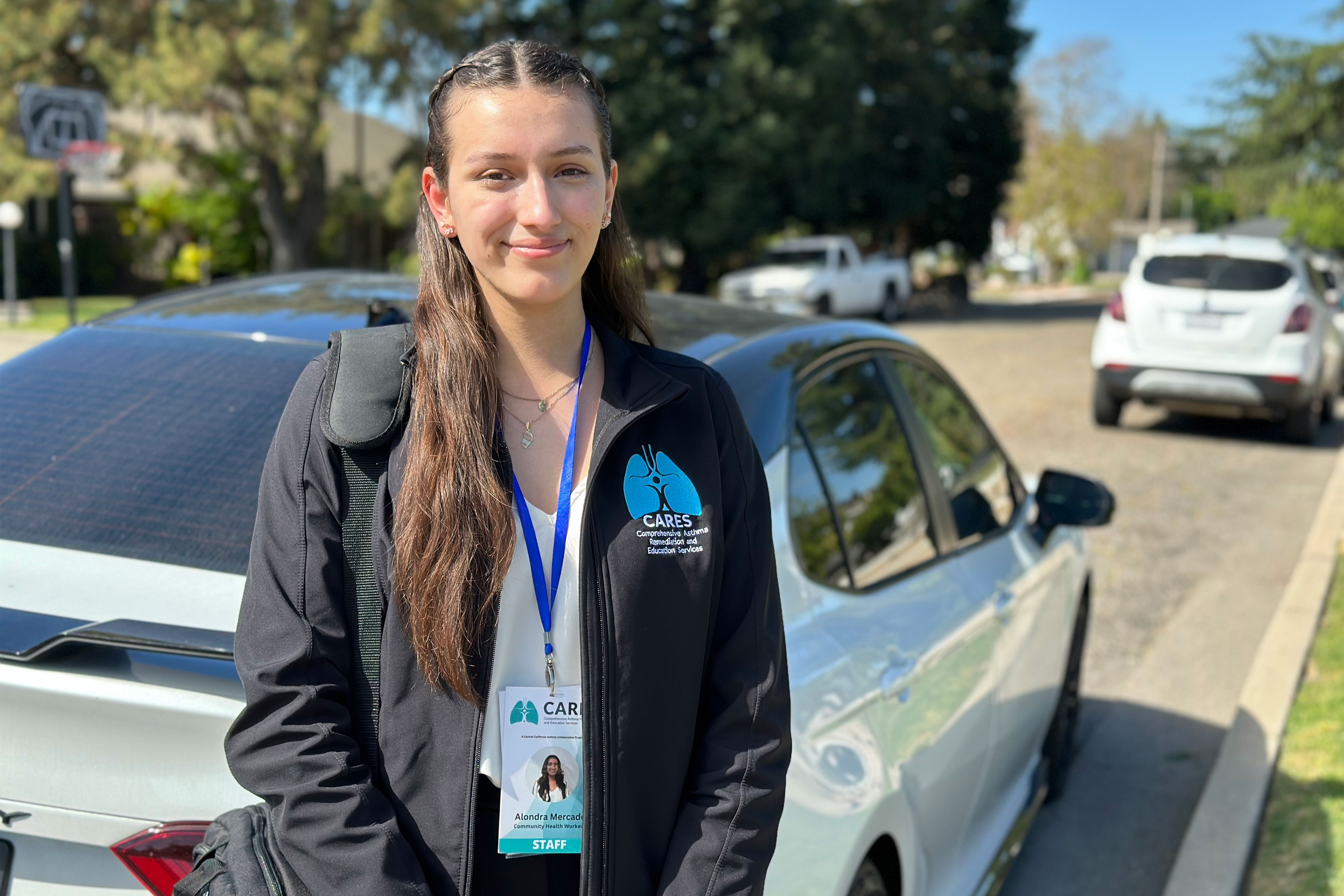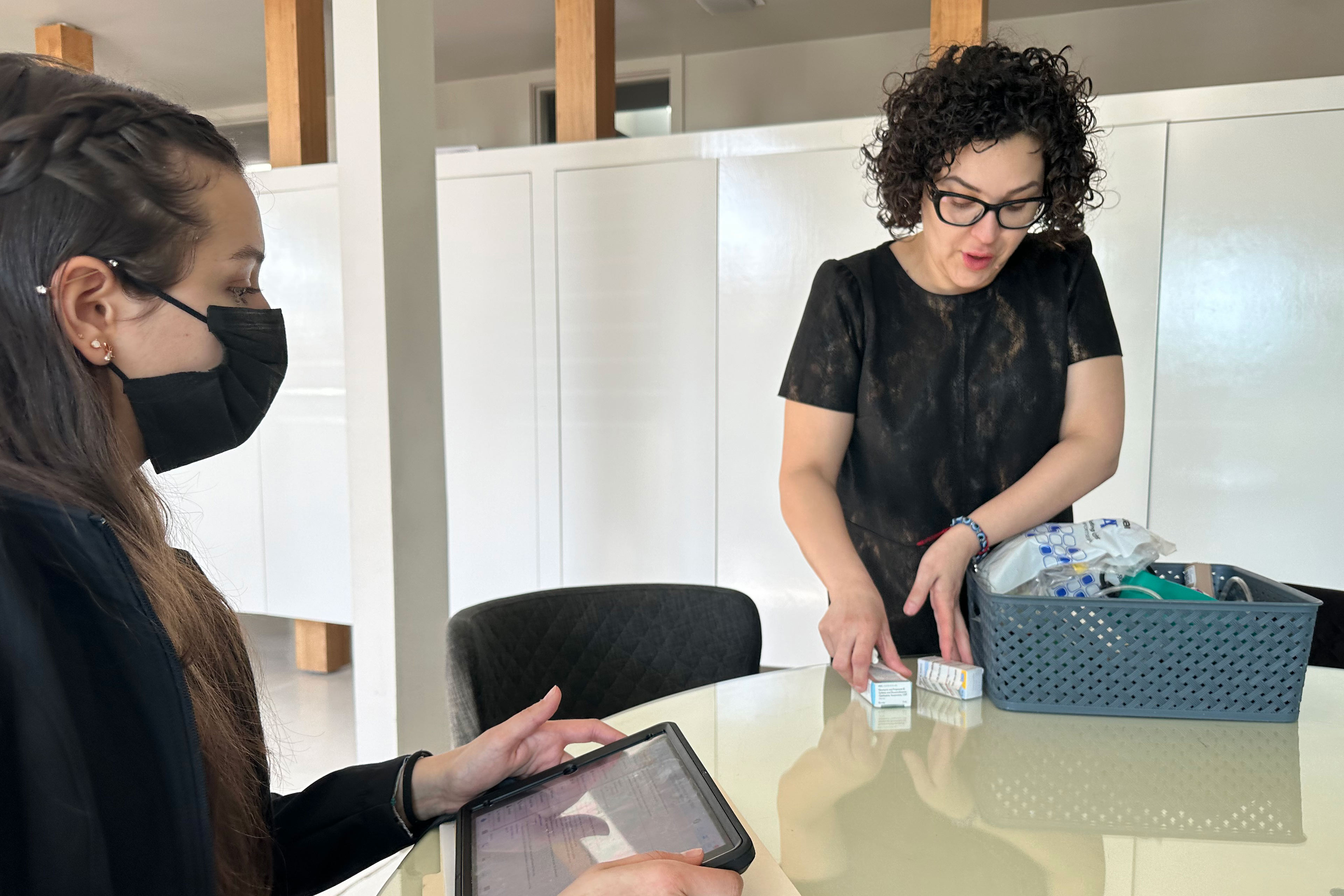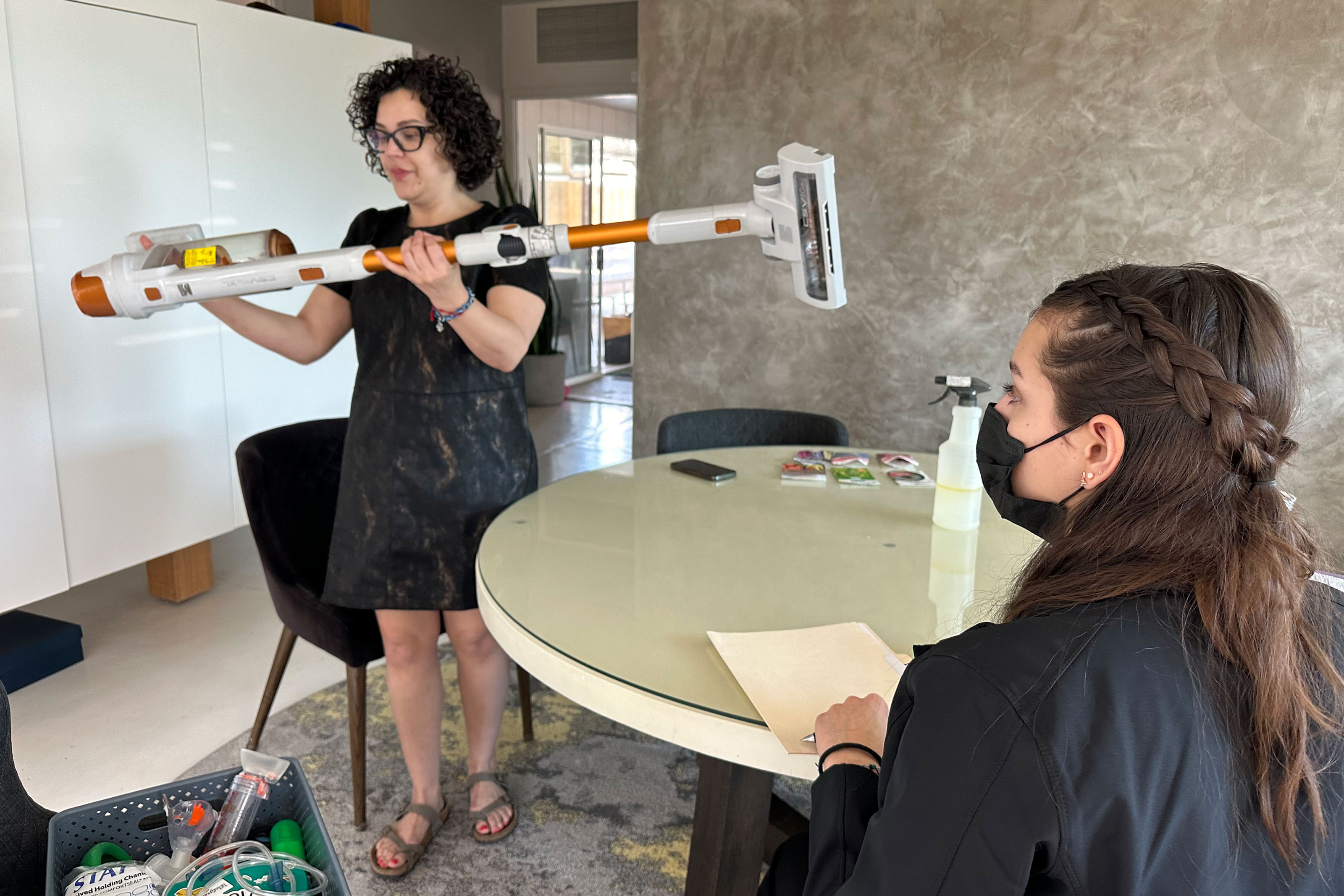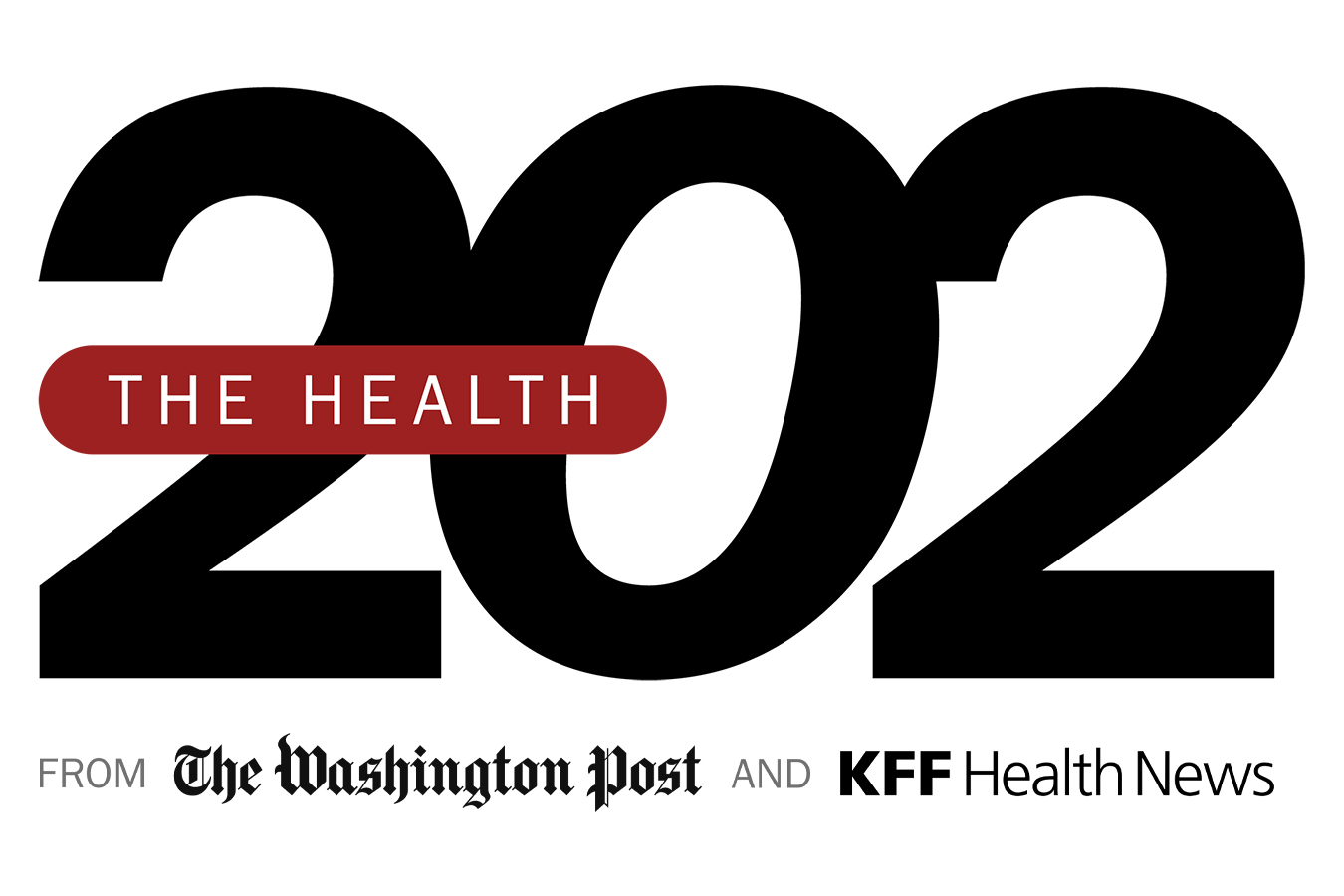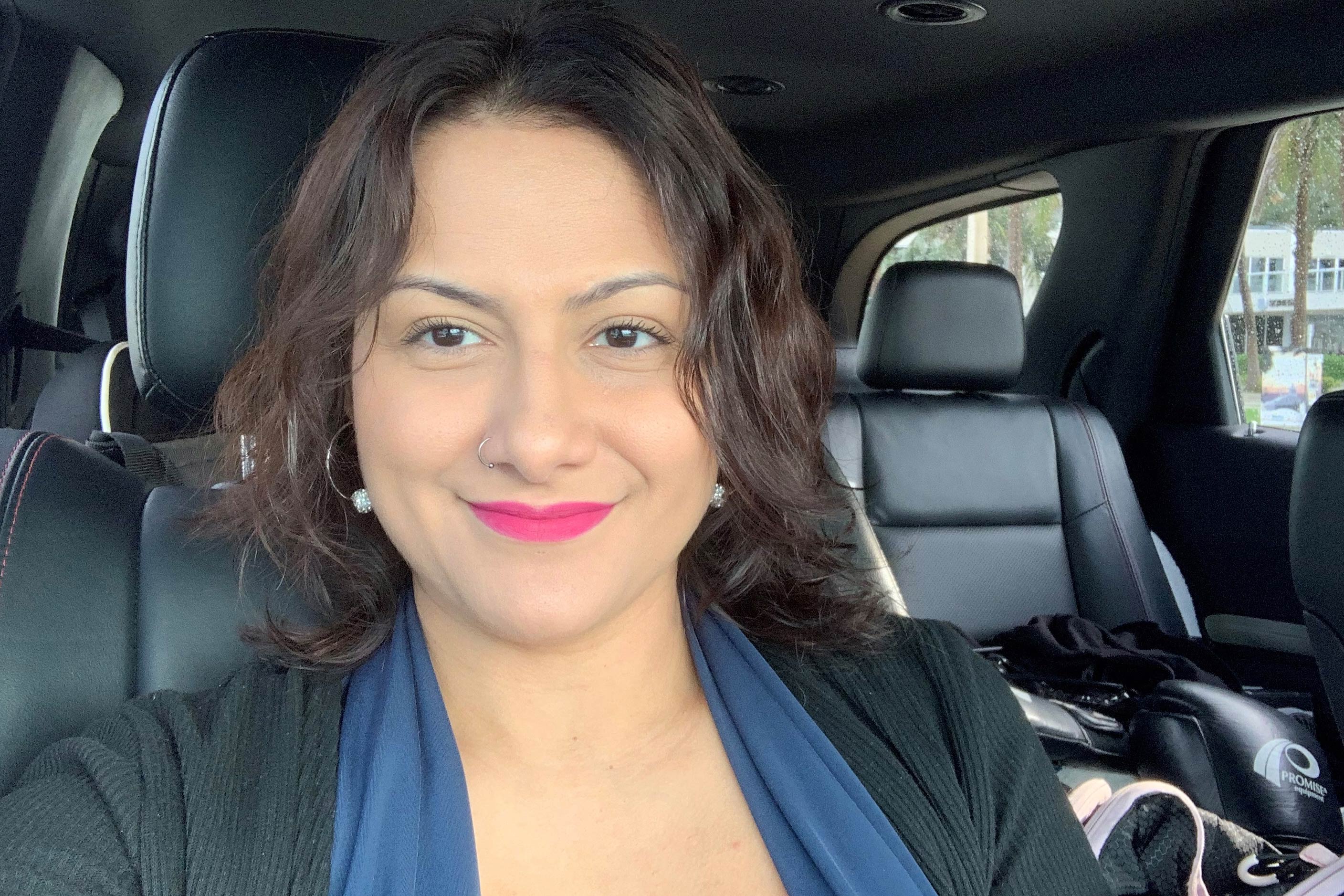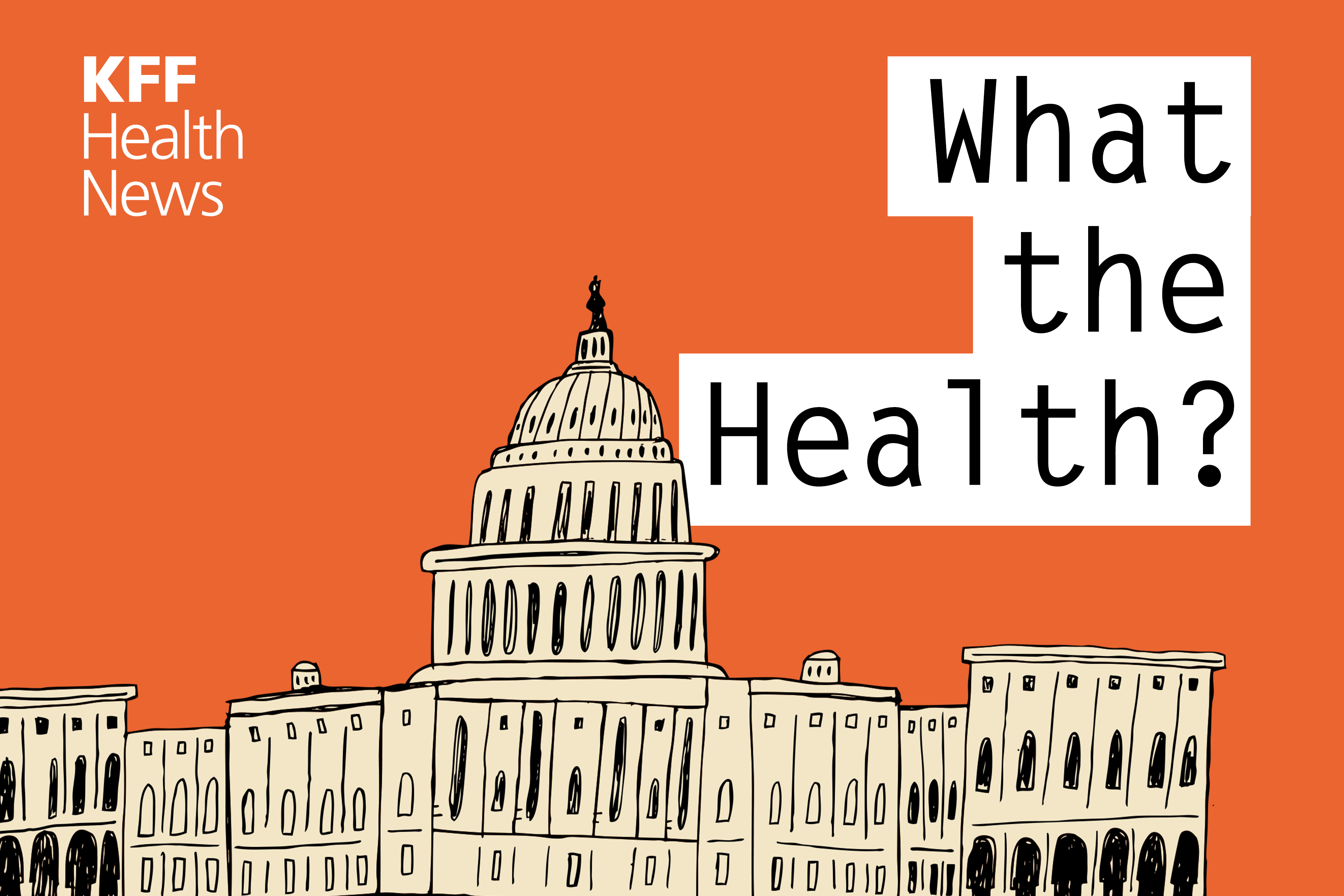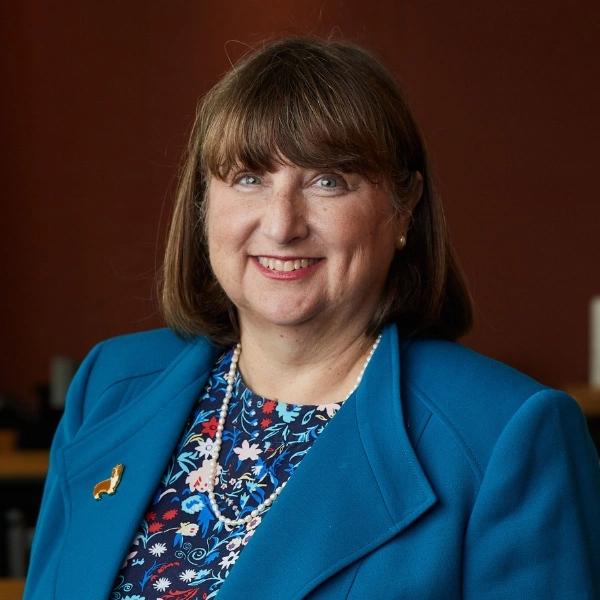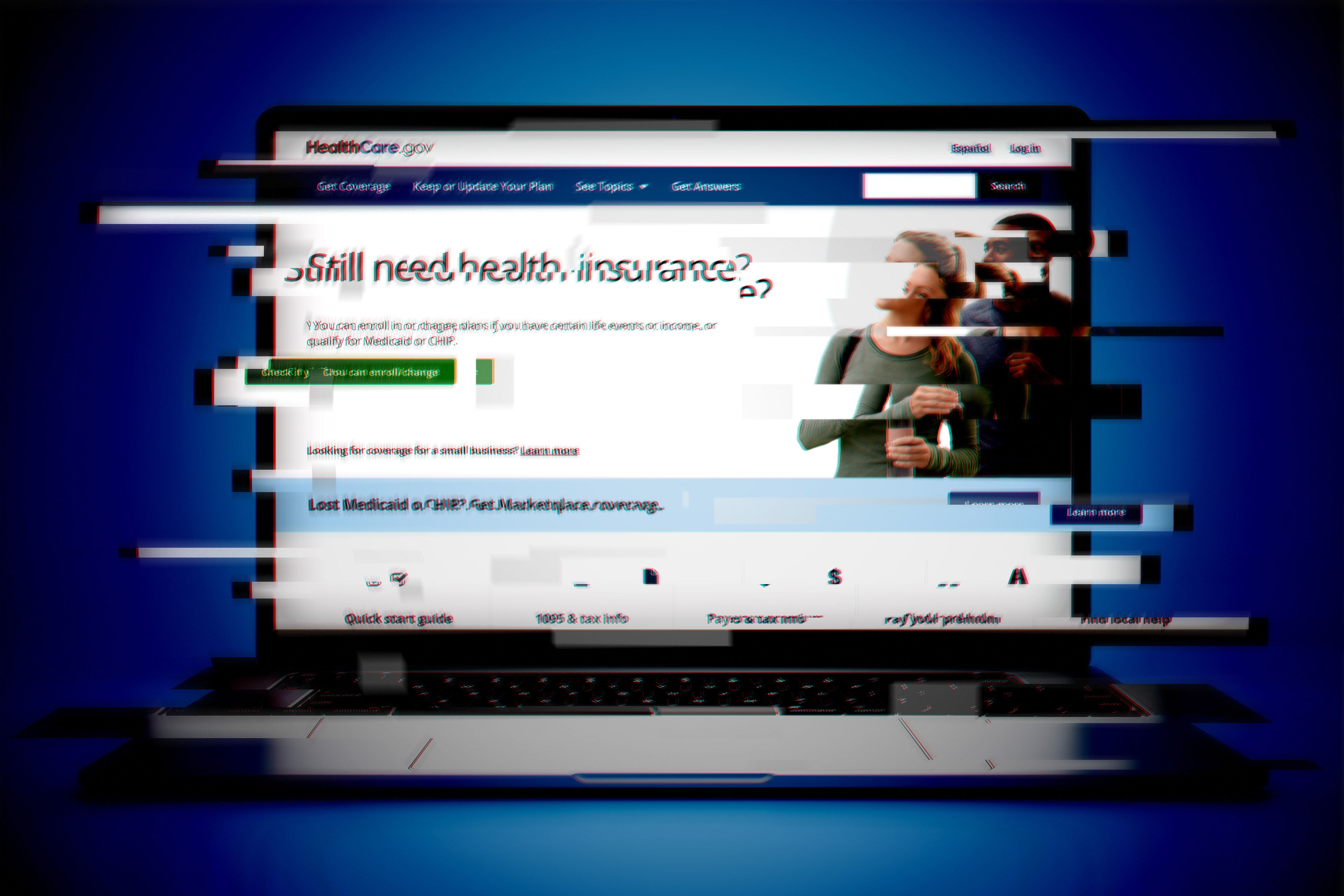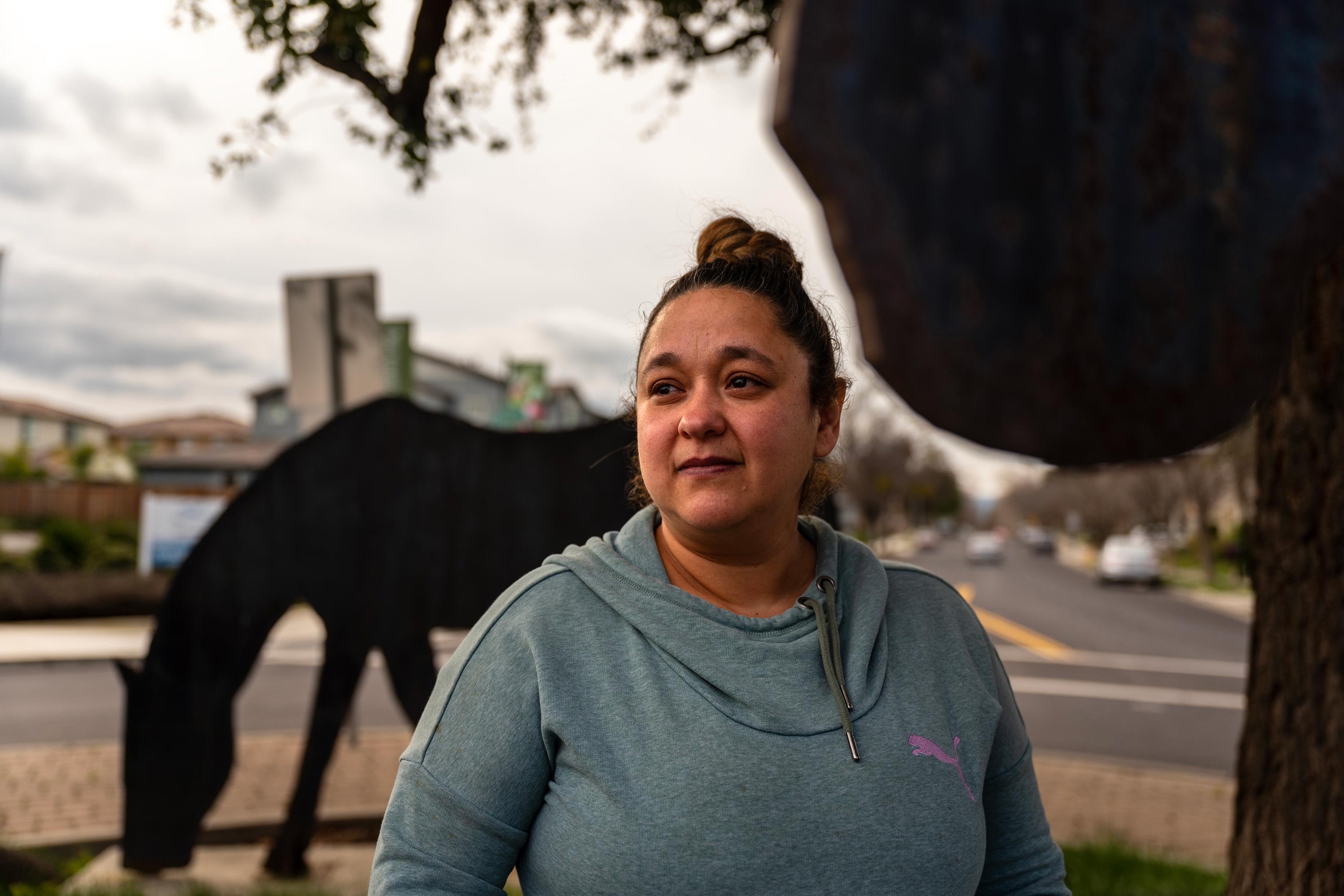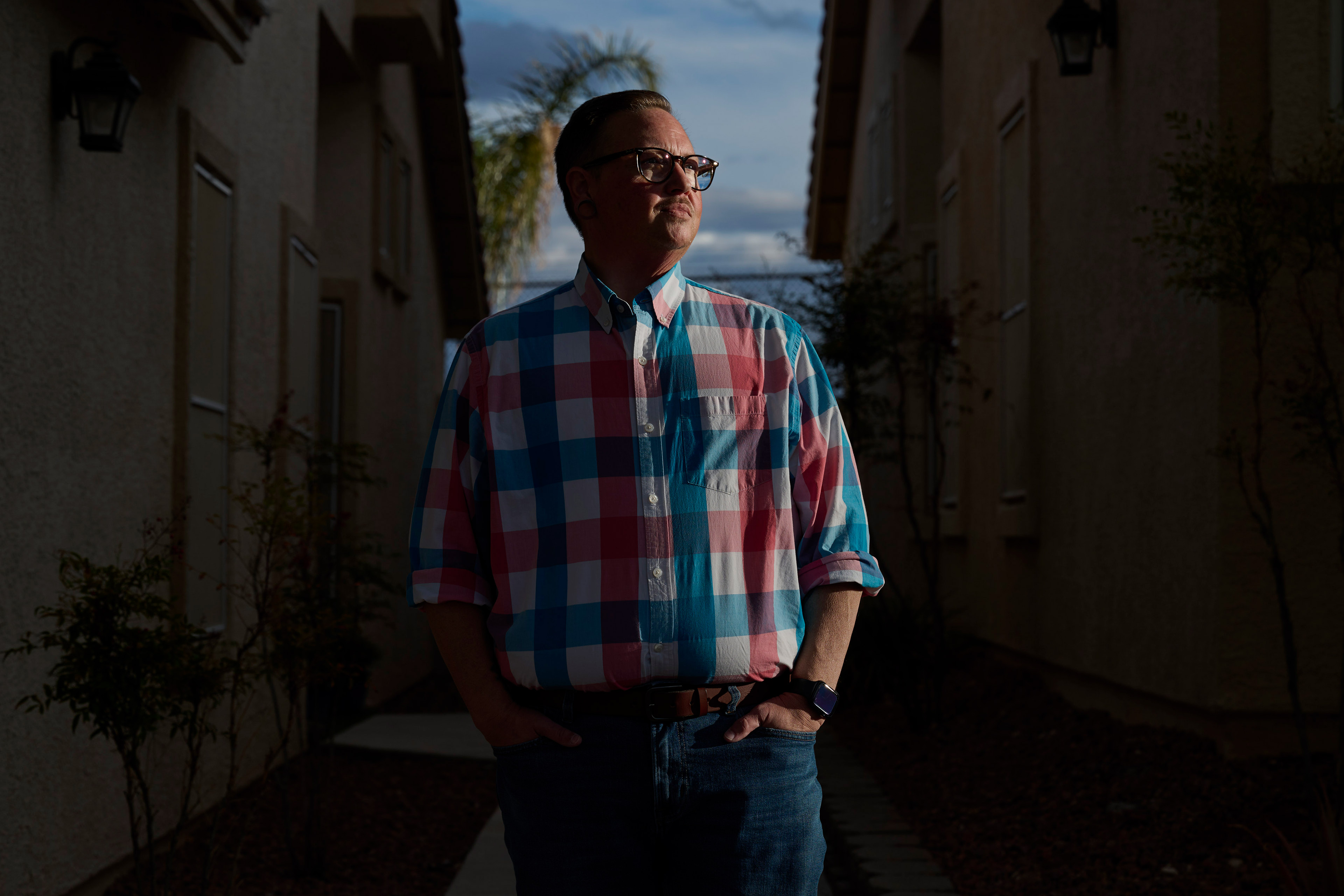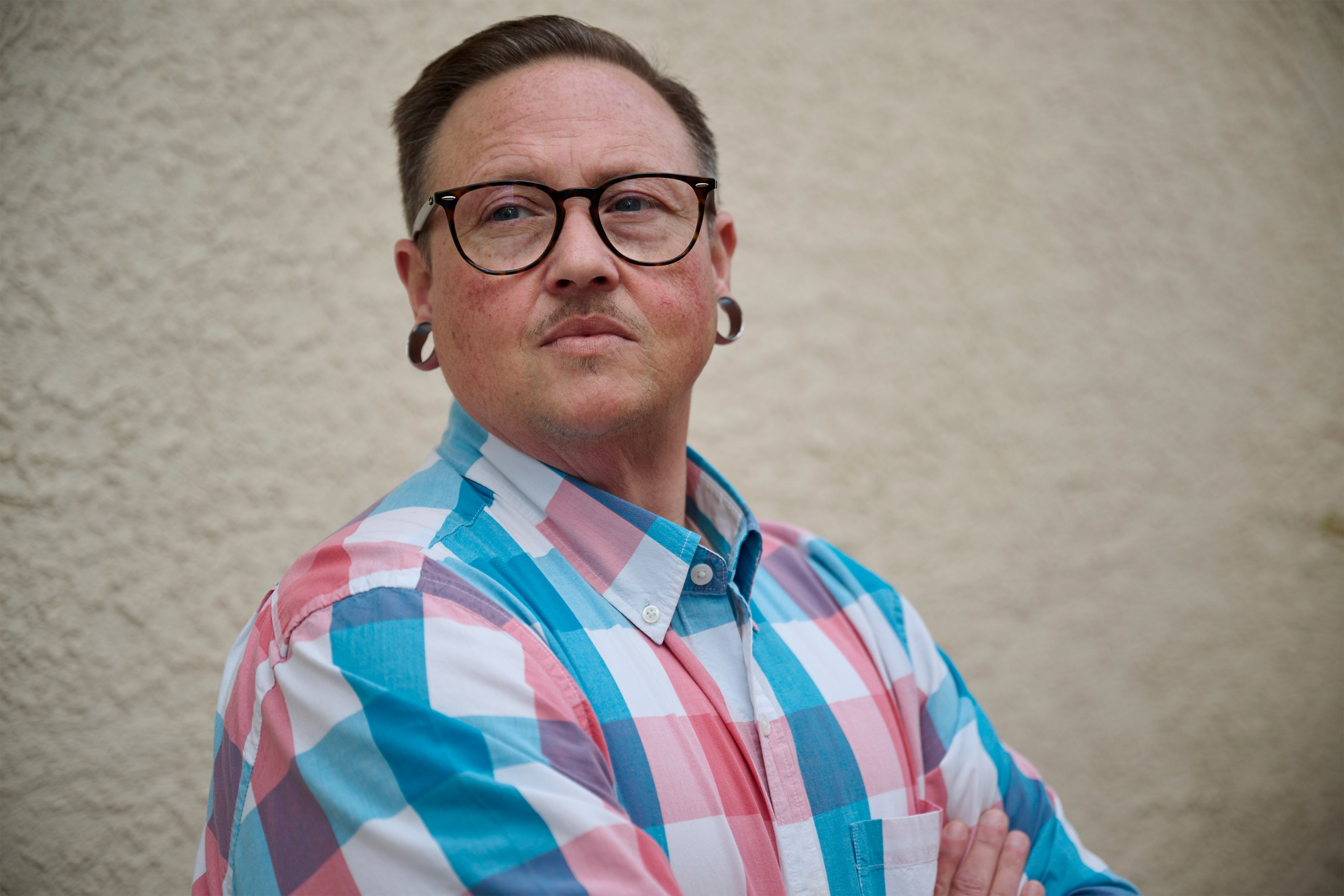Medicaid Unwinding Deals Blow to Tenuous System of Care for Native Americans
About a year into the process of redetermining Medicaid eligibility after the covid-19 public health emergency, more than 20 million people have been kicked off the joint federal-state program for low-income families.
A chorus of stories recount the ways the unwinding has upended people’s lives, but Native Americans are proving particularly vulnerable to losing coverage and face greater obstacles to reenrolling in Medicaid or finding other coverage.
“From my perspective, it did not work how it should,” said Kristin Melli, a pediatric nurse practitioner in rural Kalispell, Montana, who also provides telehealth services to tribal members on the Fort Peck Reservation.
The redetermination process has compounded long-existing problems people on the reservation face when seeking care, she said. She saw several patients who were still eligible for benefits disenrolled. And a rise in uninsured tribal members undercuts their health systems, threatening the already tenuous access to care in Native communities.
One teenager, Melli recalled, lost coverage while seeking lifesaving care. Routine lab work raised flags, and in follow-ups Melli discovered the girl had a condition that could have killed her if untreated. Melli did not disclose details, to protect the patient’s privacy.
Melli said she spent weeks working with tribal nurses to coordinate lab monitoring and consultations with specialists for her patient. It wasn’t until the teen went to a specialist that Melli received a call saying she had been dropped from Medicaid coverage.
The girl’s parents told Melli they had reapplied to Medicaid a month earlier but hadn’t heard back. Melli’s patient eventually got the medication she needed with help from a pharmacist. The unwinding presented an unnecessary and burdensome obstacle to care.
Pat Flowers, Montana Democratic Senate minority leader, said during a political event in early April that 13,000 tribal members had been disenrolled in the state.
Native American and Alaska Native adults are enrolled in Medicaid at higher rates than their white counterparts, yet some tribal leaders still didn’t know exactly how many of their members had been disenrolled as of a survey conducted in February and March. The Tribal Self-Governance Advisory Committee of the Indian Health Service conducted and published the survey. Respondents included tribal leaders from Alaska, Arizona, Idaho, Montana, and New Mexico, among other states.
Tribal leaders reported many challenges related to the redetermination, including a lack of timely information provided to tribal members, patients unaware of the process or their disenrollment, long processing times, lack of staffing at the tribal level, lack of communication from their states, concerns with obtaining accurate tribal data, and in cases in which states have shared data, difficulties interpreting it.
Research and policy experts initially feared that vulnerable populations, including rural Indigenous communities and families of color, would experience greater and unique obstacles to renewing their health coverage and would be disproportionately harmed.
“They have a lot at stake and a lot to lose in this process,” said Joan Alker, executive director of the Georgetown University Center for Children and Families and a research professor at the McCourt School of Public Policy. “I fear that that prediction is coming true.”
Cammie DuPuis-Pablo, tribal health communications director for the Confederated Salish and Kootenai Tribes in Montana, said the tribes don’t have an exact number of their members disenrolled since the redetermination began, but know some who lost coverage as far back as July still haven’t been reenrolled.
The tribes hosted their first outreach event in late April as part of their effort to help members through the process. The health care resource division is meeting people at home, making calls, and planning more events.
The tribes receive a list of members’ Medicaid status each month, DuPuis-Pablo said, but a list of those no longer insured by Medicaid would be more helpful.
Because of those data deficits, it’s unclear how many tribal members have been disenrolled.
“We are at the mercy of state Medicaid agencies on what they’re willing to share,” said Yvonne Myers, consultant on the Affordable Care Act and Medicaid for Citizen Potawatomi Nation Health Services in Oklahoma.
In Alaska, tribal health leaders struck a data-sharing agreement with the state in July but didn’t begin receiving information about their members’ coverage for about a month — at which point more than 9,500 Alaskans had already been disenrolled for procedural reasons.
“We already lost those people,” said Gennifer Moreau-Johnson, senior policy adviser in the Department of Intergovernmental Affairs at the Alaska Native Tribal Health Consortium, a nonprofit organization. “That’s a real impact.”
Because federal regulations don’t require states to track or report race and ethnicity data for people they disenroll, fewer than 10 states collect such information. While the data from these states does not show a higher rate of loss of coverage by race, a KFF report states that the data is limited and that a more accurate picture would require more demographic reporting from more states.
Tribal health leaders are concerned that a high number of disenrollments among their members is financially undercutting their health systems and ability to provide care.
“Just because they’ve fallen off Medicaid doesn’t mean we stop serving them,” said Jim Roberts, senior executive liaison in the Department of Intergovernmental Affairs of the Alaska Native Tribal Health Consortium. “It means we’re more reliant on other sources of funding to provide that care that are already underresourced.”
Three in 10 Native American and Alaska Native people younger than 65 rely on Medicaid, compared with 15% of their white counterparts. The Indian Health Service is responsible for providing care to approximately 2.6 million of the 9.7 million Native Americans and Alaska Natives in the U.S., but services vary across regions, clinics, and health centers. The agency itself has been chronically underfunded and unable to meet the needs of the population. For fiscal year 2024, Congress approved $6.96 billion for IHS, far less than the $51.4 billion tribal leaders called for.
Because of that historical deficit, tribal health systems lean on Medicaid reimbursement and other third-party payers, like Medicare, the Department of Veterans Affairs, and private insurance, to help fill the gap. Medicaid accounted for two-thirds of third-party IHS revenues as of 2021.
Some tribal health systems receive more federal funding through Medicaid than from IHS, Roberts said.
Tribal health leaders fear diminishing Medicaid dollars will exacerbate the long-standing health disparities — such as lower life expectancy, higher rates of chronic disease, and inferior access to care — that plague Native Americans.
The unwinding has become “all-consuming,” said Monique Martin, vice president of intergovernmental affairs for the Alaska Native Tribal Health Consortium.
“The state’s really having that focus be right into the minutiae of administrative tasks, like: How do we send text messages to 7,000 people?” Martin said. “We would much rather be talking about: How do we address social determinants of health?”
Melli said she has stopped hearing of tribal members on the Fort Peck Reservation losing their Medicaid coverage, but she wonders if that means disenrolled people didn’t seek help.
“Those are the ones that we really worry about,” she said, “all of these silent cases. … We only know about the ones we actually see.”


